 One of the major issues with self-publishing is the quality of the book design. A great number of self-published books make it glaringly obvious that the book has been self-published. This is significant because it can lead to a book being ignored by reviewers or prospective buyers. The cliché “You can’t judge a book by its cover” never took into account self-published titles.
One of the major issues with self-publishing is the quality of the book design. A great number of self-published books make it glaringly obvious that the book has been self-published. This is significant because it can lead to a book being ignored by reviewers or prospective buyers. The cliché “You can’t judge a book by its cover” never took into account self-published titles.
If you have a professionally designed book it will be much easier to gain reviews. A tip: if you set your own imprint with its own name and have a well-designed book cover, a prospective reviewer will not necessarily be aware that the book is self-published, as reviewers are not aware of every small press or micro press there is available. The best self-published books are indistinguishable from books by mainstream presses. Be certain: hiring an experienced professional designer can be expensive, but it can mean the difference between your book being taken seriously or not.
Hiring a Self-Published Book Designer
The designer you choose will depend on where you choose to self-publish. If you go with a print-run house like AuthorHouse or Outskirts Press, they will provide in-house design. However, you have to rely on the quality of their designers, which gives you less creative control than if you were to hire a book designer independently. A print on demand service like Lulu offers book designers in their marketplace. Otherwise at Lulu you can use generic templates that allow you to upload an image and insert text. If all you’re doing is distributing a book to family and friends then this is adequate, but it will not be professional or unique – the book design equivalent of a generic Blogger template.
Not to single anyone out, but this is a book cover that is typical of self-published books. Automatically, it shows that the book was not professionally designed – even if the book cover was designed by a paid designer.

On the other hand, one of the top-selling writers on Lulu, Jeremy Robinson, puts out books that are indistinguishable from books put out by major presses:
The fact that he has sold thousands of copies is no accident. Given that self-published books are often more expensive than other types of paperback or hardcovers, book-buyers want to know that they’re getting their money’s worth. It is likely that a number of people bought Robinson’s books without knowing they were buying a self-published title.
Back Cover Basics
The back cover and the spine are often left neglected, as these will not usually show up in web-based bookstores. But in person it is often the first thing a person reads to read the book description and blurbs, and this can have a poor impact on a reader. One of the advantages of print on demand publishing is the ability to add new review blurbs to the back cover, or front cover, of a book as they come in – something that is not possible with an upfront print run. Here’s an example of a self-published style back cover:
No one will argue that this looks like a self-published book cover. When you compare it to books on mainstream presses, the difference is obvious. It does not take a lot to design a back cover – as the emphasis is normally on text, not graphics, but back cover layout is important. Here’s a better example of back cover design:
Paragraphs are broken up with blurbs underneath with a more-effective, but subtle, graphic in the background. All in all, this process does not have to be terribly difficult. Even in mainstream publishing, there is a movement to have minimalist designs, so a book does not necessarily have to look “slick” to be effective or eye-catching:
Designing a book in this way depends on the genre and style of the book, but the old method of using a clip-art style graphic and a few words of text should be avoided by self-publishers. Given the availability and ease-of-use of design programs, self-publishers should take extra care with all elements of the book cover: graphics, font, spine, logo, author photo, as well as the back cover copy. A designer can cost as low as $100 into the thousands, but usually you get what you pay for. Because self-publishers are already starting from behind with getting a book into the hands of reviewers and readers, it is even more important to design a book effectively.
Get an Editorial Review | Get Amazon Sales & Reviews | Get Edited | Get Beta Readers | Enter the SPR Book Awards | Other Marketing Services












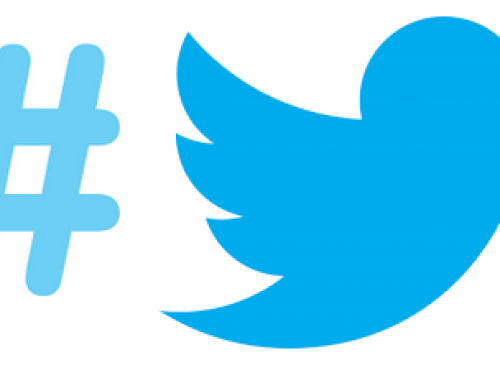

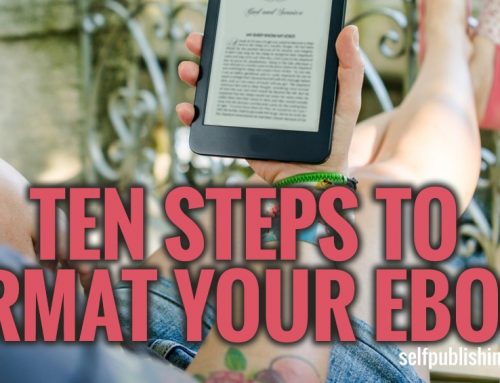
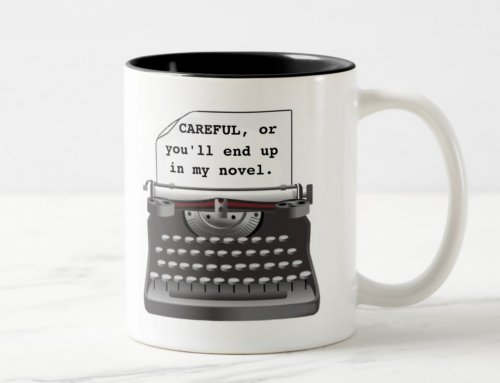
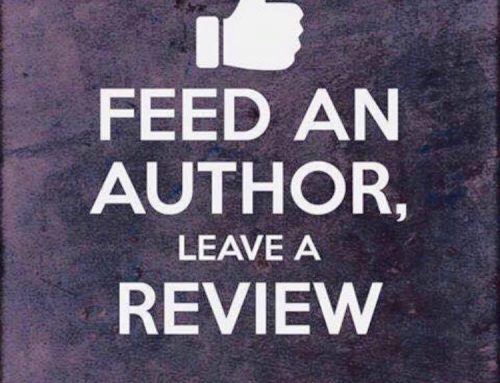


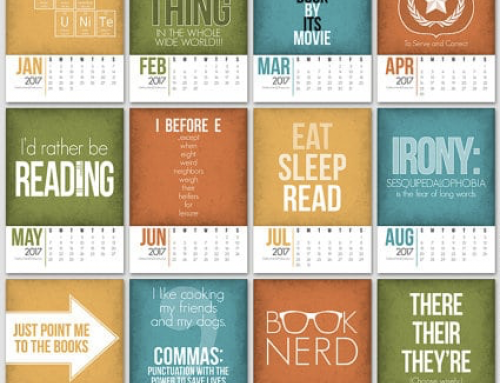

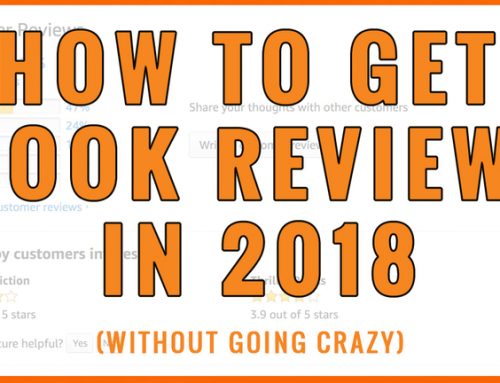



I also believe that the cover design is very important. Mostly it has to stand out in a shelf in a bookshop or a library. That’s how it catches attention. There is a nice site with virtual bookshelves, there you can easily see which ones stand out and not: http://www.zoomii.com
PS: I have tagged your site in synopse, the tag engine with “book” and “design”.
One of the key factors for self-publishers to be aware of is their marketplace. If most of your sales will come from online bookstores (as opposed to bricks-and-mortar stores or in-person sales via speaking engagements, etc.), then that thumbnail is very important.